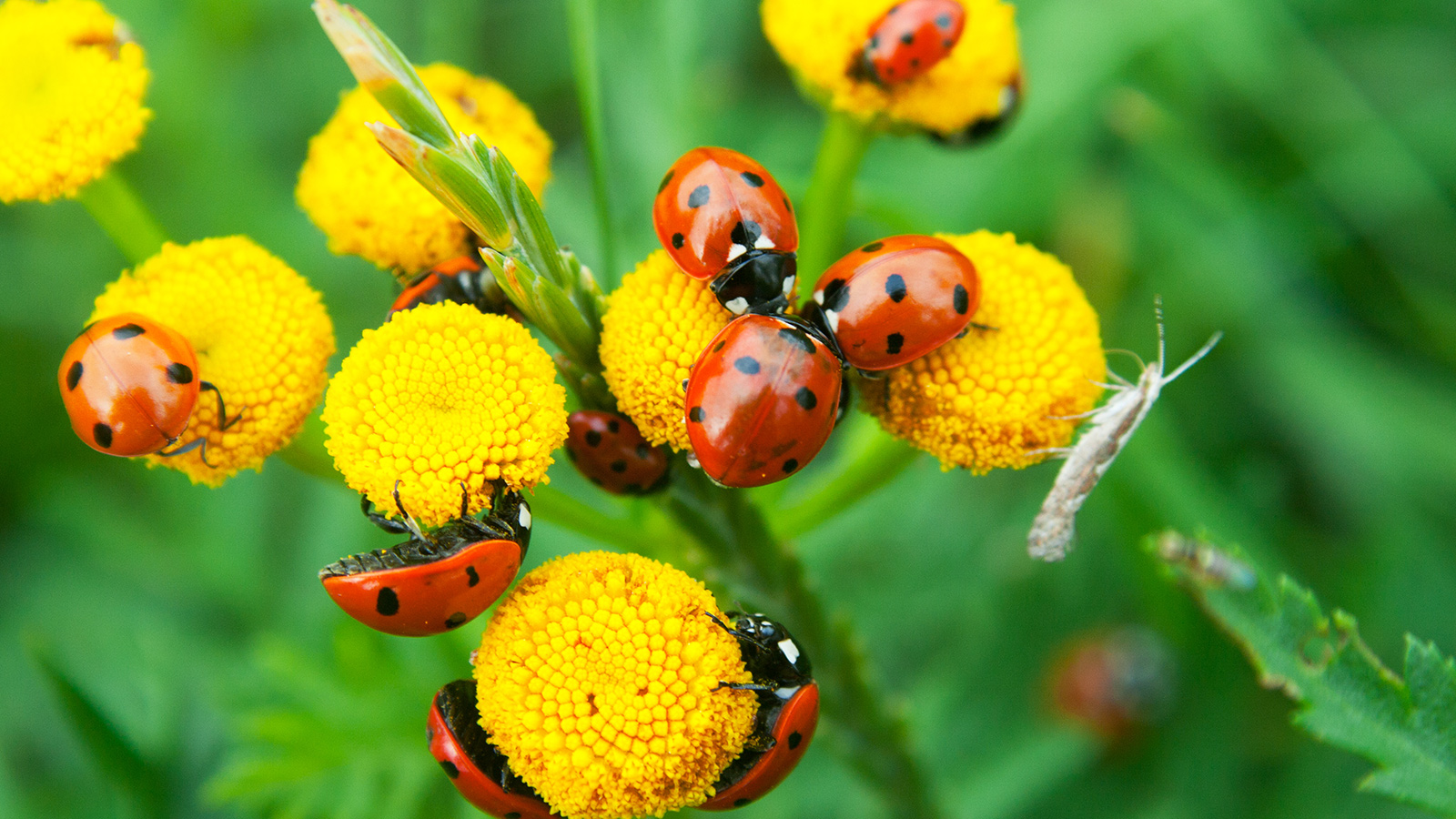

Articles
How To Keep Ladybugs In Your Garden
Modified: January 20, 2024
Discover effective techniques for keeping ladybugs in your garden with expert gardening tips. Enhance natural pest control and promote a thriving garden ecosystem.
(Many of the links in this article redirect to a specific reviewed product. Your purchase of these products through affiliate links helps to generate commission for Storables.com, at no extra cost. Learn more)
Introduction
Welcome to the wonderful world of gardening! There’s nothing quite like the satisfaction of nurturing plants and watching them flourish. However, every garden comes with its fair share of pests and challenges. That’s where ladybugs come to the rescue. These small, colorful creatures are not only adorable, but also incredibly beneficial for your garden. In this article, we will explore how to keep ladybugs in your garden and ensure they thrive.
Ladybugs, also known as ladybirds or lady beetles, are beloved insects for many reasons. They are voracious predators, feeding on harmful insects such as aphids, mealybugs, and spider mites. A single ladybug can devour hundreds of aphids in a day, making them a natural and effective form of pest control. By inviting ladybugs into your garden, you can reduce the need for harmful pesticides and create a balanced ecosystem.
To attract and keep ladybugs in your garden, it’s important to provide them with an ideal habitat and a readily available food source. Ladybugs are attracted to certain types of plants and thrive in environments that offer shelter, moisture, and protection. By following a few simple steps, you can create a welcoming haven for these beneficial insects.
Key Takeaways:
- Ladybugs are not only charming but also essential for natural pest control in your garden. Attract and protect them by creating a diverse habitat and avoiding harmful pesticides.
- To maintain a healthy garden ecosystem, embrace ladybugs and manage infestations humanely. Create an inviting habitat, protect them in winter, and address infestations with care.
Read more: How To Store Ladybugs
Importance of Ladybugs in the Garden
Before we delve into how to attract and keep ladybugs in your garden, let’s take a moment to appreciate the remarkable benefits they bring. Ladybugs are natural predators and play a crucial role in organic pest control. They feed on common garden pests such as aphids, mites, scale insects, and even small caterpillars. By preying on these pests, ladybugs help to keep their populations in check and prevent plant damage.
…
…
…
Key Takeaways:
- Ladybugs are not only charming but also essential for natural pest control in your garden. Attract and protect them by creating a diverse habitat and avoiding harmful pesticides.
- To maintain a healthy garden ecosystem, embrace ladybugs and manage infestations humanely. Create an inviting habitat, protect them in winter, and address infestations with care.
Read more: How To Store Ladybugs
Importance of Ladybugs in the Garden
Before we delve into how to attract and keep ladybugs in your garden, let’s take a moment to appreciate the remarkable benefits they bring. Ladybugs are natural predators and play a crucial role in organic pest control. They feed on common garden pests such as aphids, mites, scale insects, and even small caterpillars. By preying on these pests, ladybugs help to keep their populations in check and prevent plant damage.
The aphid, a tiny sap-sucking insect, is a notorious garden pest that can quickly decimate plants. Fortunately, ladybugs are highly effective aphid eliminators. They can consume an astounding number of aphids in a single day, acting as a powerful line of defense for your garden. In fact, a single ladybug can devour up to 5,000 aphids in its lifetime! By controlling aphid populations, ladybugs reduce the need for chemical pesticides and promote a healthier, more sustainable garden environment.
Ladybugs are not just limited to aphids, though. They also feed on other soft-bodied insects like mealybugs, spider mites, thrips, and whiteflies. These pests can cause significant damage to plants and crops if left unchecked. By introducing ladybugs into your garden, you can harness their natural appetite for these harmful bugs and keep your plants thriving.
Another benefit of ladybugs in the garden is their role in pollination. While they primarily gain their nutrition from consuming pests, ladybugs also visit flowers for nectar and pollen. As they move from flower to flower, they inadvertently transfer pollen, aiding in the process of pollination. This helps to ensure the production of fruits, vegetables, and seeds in your garden.
Furthermore, ladybugs are not only beneficial for outdoor gardens but can also be useful in controlling pests inside greenhouses and indoor plants. They are safe and non-toxic, making them an excellent choice for organic gardening.
Overall, ladybugs are invaluable allies in maintaining a healthy and thriving garden ecosystem. By attracting and keeping them in your garden, you can reduce the reliance on chemical pesticides, preserve the balance of nature, and enjoy the beauty of a pest-free garden.
Creating an Ideal Habitat for Ladybugs
To attract and keep ladybugs in your garden, it’s essential to provide them with a suitable habitat that meets their needs. Ladybugs thrive in environments that offer shelter, moisture, and protection. Here are some tips to create an ideal habitat for ladybugs:
- Plant diversity: Ladybugs are attracted to a variety of plants, so aim for a diverse garden. Include a mix of flowering plants, herbs, and vegetables to provide a sustainable food source and shelter. Some ladybug favorites include dill, fennel, calendula, yarrow, and marigold. Planting a range of colors and shapes will also attract other beneficial insects, creating a balanced ecosystem.
- Shelter and hiding spots: Ladybugs seek shelter during different stages of their lifecycle and for protection during winter. Provide hiding spots by planting ground covers, shrubs, and dense foliage. Mulching will also create a cozy environment for ladybugs to hide and lay their eggs.
- Water source: Ladybugs need a source of water, especially during dry periods. Place shallow dishes filled with water throughout your garden. Adding rocks or pebbles to the dish will give ladybugs a landing spot and prevent them from drowning.
- Avoid pesticides: Ladybugs are highly sensitive to pesticides, even those labeled as safe for beneficial insects. Avoid using chemical pesticides in your garden, as they can harm ladybugs and other beneficial insects. Opt for organic and natural pest control methods instead, such as handpicking pests or using insecticidal soaps.
- Provide overwintering sites: Ladybugs look for protected spots to overwinter during colder months. Leave some undisturbed areas in your garden, such as leaf litter or bark piles, where ladybugs can hibernate. You can also install ladybug houses to provide additional shelter during winter.
- Reduce light pollution: Ladybugs are attracted to natural darkness, so minimize excessive artificial lighting in your garden at night. This will help create a more appealing environment for ladybugs to thrive.
By creating an ideal habitat for ladybugs, you will not only attract these beneficial insects but also provide them with the necessary conditions for reproduction and longevity. It’s a win-win situation as your garden will benefit from natural pest control and a healthy ecosystem.
Providing Food for Ladybugs
When it comes to attracting and keeping ladybugs in your garden, providing an ample supply of food is crucial. While ladybugs primarily feed on soft-bodied insects like aphids, they also rely on other food sources for sustenance. Here are some ways to ensure an abundant food supply for ladybugs:
- Plant insect-attracting flowers: Ladybugs are attracted to flowers that produce nectar and pollen. Plant a variety of flowering plants, such as daisies, cosmos, sunflowers, and alyssum, to provide a diverse and continuous source of food throughout the growing season. These flowers will not only attract ladybugs but also other beneficial insects that serve as their prey.
- Avoid chemical pesticides: Chemical pesticides not only harm pests but also kill beneficial insects like ladybugs. Avoid using harmful pesticides in your garden, as they can eliminate the very food source that ladybugs rely on. Instead, opt for organic pest control methods or introduce biological controls, such as beneficial nematodes or predatory insects.
- Keep aphid populations in check: Ladybugs have a voracious appetite for aphids, so maintaining a healthy population of these harmful insects can attract and keep ladybugs in your garden. Monitor your plants regularly for signs of aphid infestation and take prompt action to control their numbers. If aphid populations are low, ladybugs may move on to find a more abundant food source.
- Avoid excessive use of fertilizers: Excessive nitrogen fertilizers can indirectly affect the population of ladybugs by promoting the growth of lush, tender foliage, which attracts sap-sucking insects. Aim to use organic fertilizers sparingly and focus on maintaining a balanced nutrient level in your soil.
- Provide supplemental food: In seasons when natural prey is scarce, you can supplement the ladybugs’ diet with alternative food sources. Some options include offering ripe fruit slices like watermelon or cantaloupe and mixing a solution of sugar water to provide a sugary substitute.
By providing an abundance of food for ladybugs, you not only attract them to your garden but also ensure that they have a sustainable and reliable food source. This will encourage them to stay and thrive, helping to keep your garden free from pests.
Planting a variety of flowers and herbs such as dill, fennel, and marigolds can attract and keep ladybugs in your garden, as they are attracted to these plants and will help control aphid populations.
Read more: How To Keep Chickens Out Of Garden
Avoiding Harmful Pesticides
When it comes to gardening, it’s important to strike a balance between pest control and the well-being of beneficial insects like ladybugs. While pests can cause damage to your plants, indiscriminate use of harmful pesticides can have long-term consequences on the health of your garden ecosystem. Here are some tips to avoid harmful pesticides and protect ladybugs:
- Practice Integrated Pest Management (IPM): Implement an IPM approach that focuses on prevention, monitoring, and the use of targeted pest control methods. By identifying potential pest problems early on and using least-toxic methods, you can minimize the need for synthetic pesticides.
- Use organic/natural alternatives: Instead of reaching for chemical pesticides, opt for organic and natural alternatives. These can include insecticidal soaps, neem oil, horticultural oils, and botanical extracts, which are less harmful to beneficial insects like ladybugs and still effective in controlling pests.
- Encourage natural predators: Ladybugs are natural predators themselves and can help control pest populations in your garden. By encouraging a diverse range of beneficial insects such as lacewings, hoverflies, and parasitic wasps, you create a natural balance where pests are kept in check without the need for pesticides.
- Attract beneficial insects: Plant flowers and herbs that attract beneficial insects, such as dill, fennel, yarrow, and cosmos. These plants provide nectar and pollen, attracting ladybugs and other beneficial predators that feed on common garden pests.
- Practice good garden hygiene: Removing dead plant debris, weeds, and fallen fruit regularly can help prevent pest infestations and minimize the need for pesticides. Cleaning up the garden not only reduces hiding places for pests but also disrupts their life cycles.
- Monitor and identify pests: Regularly inspect your plants for signs of pest infestations. Early detection allows for targeted pest control measures before the issue becomes severe. By accurately identifying the pest, you can choose the most effective and least harmful control strategy.
- Educate yourself: Stay informed about the potential environmental and health impacts of pesticides. Understand the specific needs of your plants and their susceptibility to pests, allowing you to make informed decisions on pest control methods.
Remember, the goal is to maintain a healthy garden ecosystem where ladybugs can thrive while minimizing the use of harmful pesticides. By practicing natural pest control methods and creating a welcoming environment for beneficial insects, you can enjoy a bountiful garden while protecting these valuable allies.
Attracting Ladybugs to Your Garden
Attracting ladybugs to your garden not only provides natural pest control but also adds a touch of beauty and charm. Ladybugs are drawn to certain environmental cues and food sources, so creating an inviting habitat will increase your chances of attracting these beneficial insects. Here are some tips to attract ladybugs to your garden:
- Plant companion plants: Ladybugs are attracted to certain companion plants, which can lure them to your garden. Some popular choices include dill, fennel, cilantro, yarrow, and marigold. These plants provide food sources like nectar and pollen, as well as shelter for ladybugs.
- Include a diversity of flowers: Ladybugs are attracted to a wide range of flowers, so incorporate a diverse mix of colors and shapes into your garden. Flowers like daisies, cosmos, sunflowers, and alyssum are known to be particularly appealing to ladybugs. The more variety you offer, the more likely it is that ladybugs will find their way to your garden.
- Eliminate pesticide use: Ladybugs are highly sensitive to pesticides, even those labeled as safe for beneficial insects. Avoid using chemical pesticides in your garden, as they can harm ladybugs and discourage their presence. Instead, opt for organic and natural pest control methods to protect both your plants and the ladybugs.
- Provide water sources: Ladybugs require a source of water, especially during dry periods. Ensure that they have access to water by placing shallow dishes or saucers filled with water in various locations around your garden. Adding rocks or pebbles to the dishes will give ladybugs a landing spot and prevent them from drowning.
- Use ladybug houses: Ladybug houses, also known as ladybug hotels, can serve as additional shelter for ladybugs, especially during cooler months. These small structures have openings and nooks where ladybugs can hibernate or seek refuge from harsh weather conditions. Place the ladybug houses in protected spots, such as near their food sources.
- Minimize artificial lighting at night: Ladybugs are attracted to natural darkness, so reducing excessive artificial lighting at night can help create a more inviting environment for them. Minimize outdoor lighting or use motion-sensor lights to reduce light pollution in your garden.
- Avoid excessive tidiness: Ladybugs are attracted to undisturbed areas, so embracing a bit of natural messiness in your garden can be beneficial. Leave some leaf litter, bark piles, or undisturbed soil in certain areas to provide hiding places for ladybugs and encourage them to stay.
By implementing these strategies, you can create an attractive and welcoming environment for ladybugs. Remember, providing a diverse and plentiful food source, along with suitable shelter and water, will increase the likelihood of ladybugs making your garden their home. Enjoy the sight of these delightful insects as they help keep your garden thriving and pest-free.
Protecting Ladybugs in Winter
As the temperatures drop and winter approaches, it’s important to take steps to protect ladybugs and ensure their survival during the colder months. Ladybugs, like many insects, have specific strategies for coping with winter conditions. Here are some tips for safeguarding ladybugs during winter:
- Create sheltered spots: Ladybugs seek protected areas to overwinter, such as cracks in tree bark, leaf litter, or crevices in rocks. To encourage ladybugs to hibernate in your garden, leave undisturbed areas and provide leaf piles, wooden boards, or rocks to serve as potential overwintering spots.
- Install ladybug houses: Ladybug houses, also known as hibernation boxes, can offer additional shelter for ladybugs during winter. These small structures feature tight-fitting spaces and crevices where ladybugs can gather, providing protection from harsh weather conditions. Place the ladybug houses in sheltered locations, such as near garden borders or among vegetation.
- Avoid excessive tidying: Resist the temptation to tidy up your garden completely in the fall. Leave some plant debris, including dead stems and leaves, as these materials can provide insulation and protection for ladybugs during winter. However, be sure to remove any diseased or severely infested plant matter to prevent the spread of pests and diseases.
- Limit pruning: While winter is a common time for pruning, try to avoid excessive pruning of woody plants in your garden. Ladybugs may seek refuge in cracks and crevices within the plant’s branches, so leaving them intact provides additional shelter for overwintering ladybugs.
- Protect habitat structure: Maintain the overall structure of your garden, including shrubs, trees, and ground covers, as these elements provide natural protection for ladybugs and other beneficial insects. Avoid unnecessary disturbance or removal of these elements during winter to ensure the survival of overwintering ladybugs.
- Limit pesticide use: Refrain from using chemical pesticides in your garden, especially during late fall and winter. These substances can be harmful to ladybugs and disrupt their hibernation process. Opt for organic and natural pest control methods instead or allow nature to take its course during the dormant season.
- Create microclimates: In regions with extremely cold winters, consider creating microclimates within your garden to provide additional protection. Use mulch around the base of susceptible plants to insulate the soil and regulate temperature fluctuations. Covering tender plants with frost blankets or row covers can also help safeguard ladybugs and their potential food sources.
By taking these steps to protect ladybugs during winter, you can enhance their chances of survival and ensure their return when spring arrives. Remember, providing shelter, minimizing disturbance, and avoiding harmful practices will help to maintain a healthy and thriving ladybug population in your garden year after year.
Dealing with Ladybug Infestations
Although ladybugs are beneficial insects that help control garden pests, there may be situations where their populations become overwhelming or cause nuisance in and around your home. Dealing with ladybug infestations requires a careful and humane approach. Here are some tips for managing ladybug infestations effectively:
- Seal entry points: Ladybugs often seek shelter inside homes during colder months. To prevent them from entering, seal any cracks, gaps, or openings in windows, doors, siding, and foundation. Use weatherstripping and caulk to close off potential entry points.
- Remove ladybugs manually: If you find ladybugs indoors, you can gently scoop them up using a soft brush or vacuum cleaner with a hose attachment. Release them outdoors, away from your home, where they can resume their beneficial role in the garden.
- Use light traps: Ladybugs are attracted to light, so you can set up light traps outside your home to capture and relocate them. Place a light source, such as a lamp or bug zapper, near a container filled with soapy water. Ladybugs will be drawn to the light and fall into the water, allowing you to collect and release them away from your property.
- Apply natural repellents: Some natural substances, like vinegar and citrus, have been known to repel ladybugs. Spray a diluted solution of vinegar or citrus juice around entry points and areas where ladybugs congregate. However, be aware that these repellents may only offer temporary relief and should be used with caution.
- Consult pest control professionals: In severe infestations that prove difficult to manage, it may be necessary to consult pest control professionals. They can assess the situation and provide advice or localized treatments to address the infestation while minimizing harm to ladybugs and other beneficial insects.
- Practice prevention: To prevent future ladybug infestations, ensure proper ventilation and seal potential entry points in your home. Additionally, regularly inspect your garden and remove any large populations of ladybugs before they become an issue.
Remember, ladybugs play a crucial role in natural pest control, so it’s important to take a humane approach when dealing with infestations. Preservation and relocation are often preferred methods to manage ladybug populations without causing harm. By implementing these strategies, you can strike a balance between addressing the infestation and preserving the benefits that ladybugs offer to your garden ecosystem.
Read more: How To Keep Raccoon Out Of Garden
Conclusion
Ladybugs are not only delightful and colorful insects, but they also offer invaluable benefits for your garden. By attracting and keeping ladybugs in your garden, you can harness their natural pest control abilities and create a balanced, thriving ecosystem. Throughout this article, we have explored various strategies to attract, protect, and manage ladybugs in your garden.
We started by highlighting the importance of ladybugs in the garden. Their voracious appetite for garden pests like aphids, mealybugs, and spider mites makes them an effective natural form of pest control. By preying on these pests, ladybugs help to keep their populations in check and prevent plant damage. They also contribute to pollination, enhancing the production of fruits, vegetables, and seeds.
To attract ladybugs to your garden, it’s essential to create an ideal habitat. Planting a diverse array of flowers, providing shelter, water sources, and avoiding harmful pesticides are key factors in creating an environment that ladybugs will find attractive. Additionally, protecting ladybugs during winter by offering sheltered spots and limiting disturbance will support their survival and ensure their return in the spring.
In the event of ladybug infestations, it’s important to approach the situation with care and consider humane methods. Sealing entry points, removing ladybugs manually, using light traps, applying natural repellents, and seeking professional assistance when necessary are effective ways to manage infestations while minimizing harm to ladybugs. Prevention, such as maintaining good garden hygiene and regularly inspecting and managing ladybug populations, can also help prevent future infestations.
In conclusion, by implementing the strategies outlined in this article, you can create a garden that not only flourishes with lush plants but also maintains a healthy balance of beneficial insects, like ladybugs. Embracing their presence and creating a harmonious ecosystem will result in fewer pests, reduced reliance on harmful pesticides, and a more sustainable and enjoyable gardening experience.
So go ahead and welcome ladybugs into your garden. Watch as they dot your plants with bright colors, lend a helping hand with pest control, and bring a sense of joy to your gardening endeavors.
Frequently Asked Questions about How To Keep Ladybugs In Your Garden
Was this page helpful?
At Storables.com, we guarantee accurate and reliable information. Our content, validated by Expert Board Contributors, is crafted following stringent Editorial Policies. We're committed to providing you with well-researched, expert-backed insights for all your informational needs.
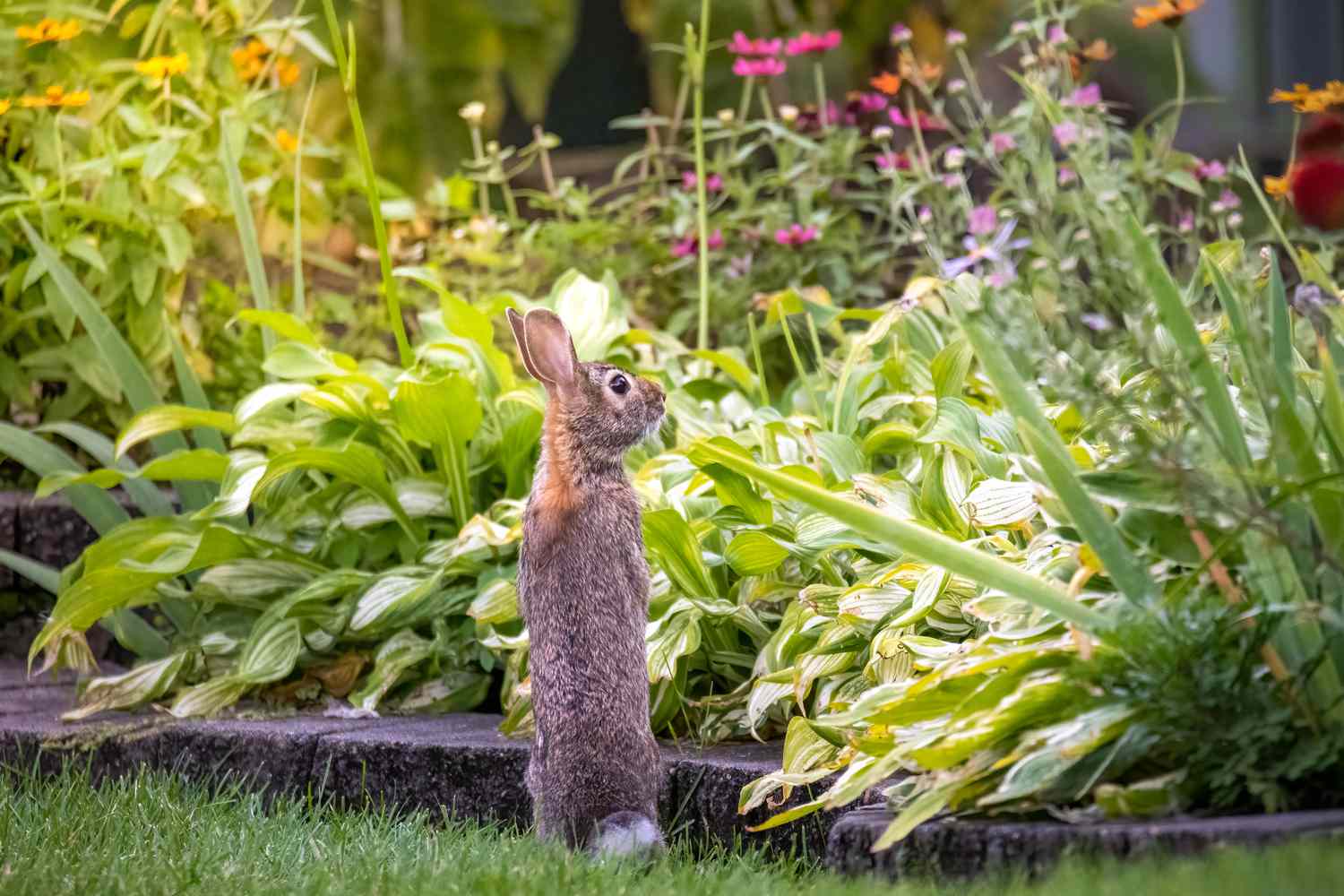
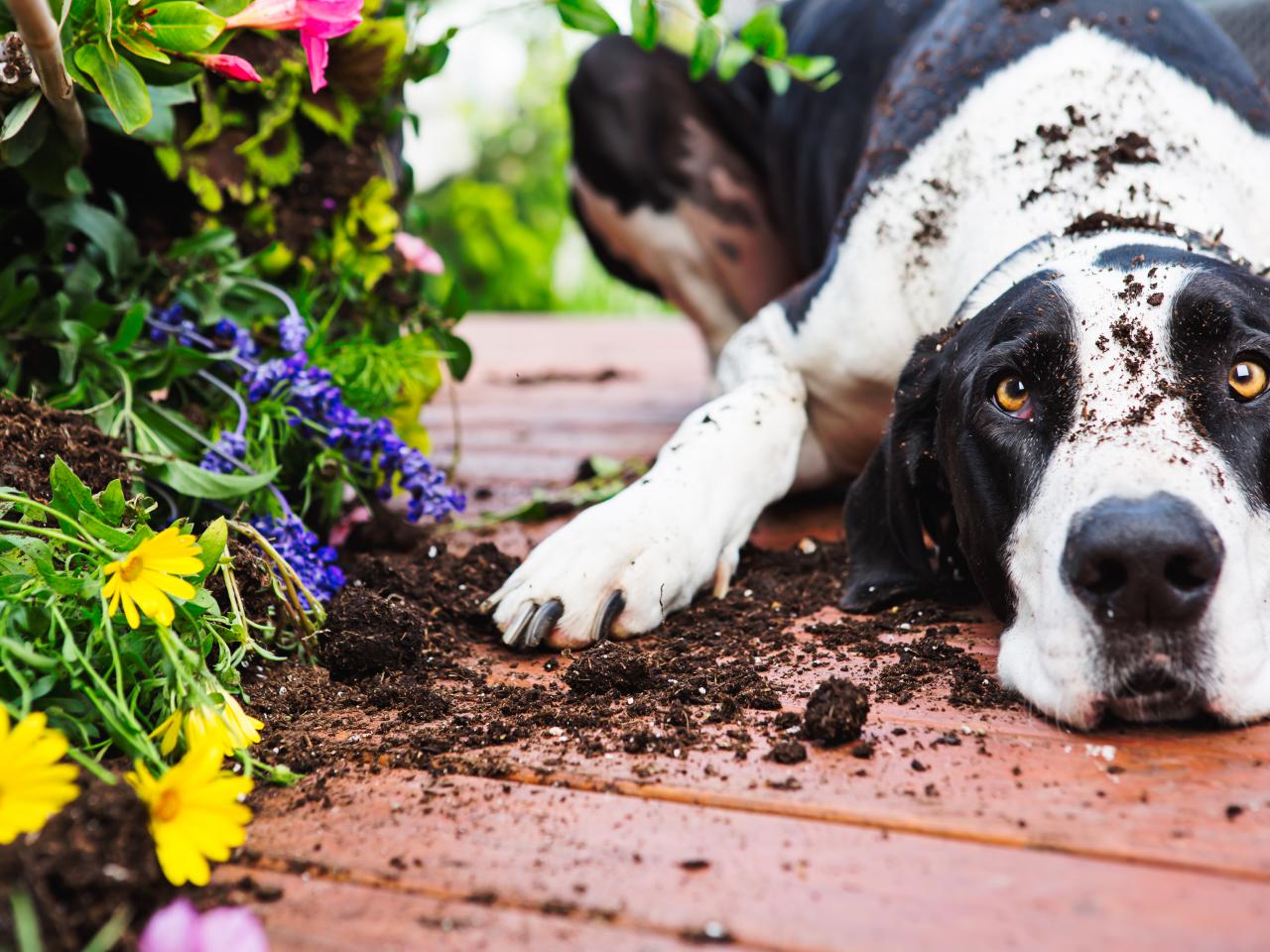



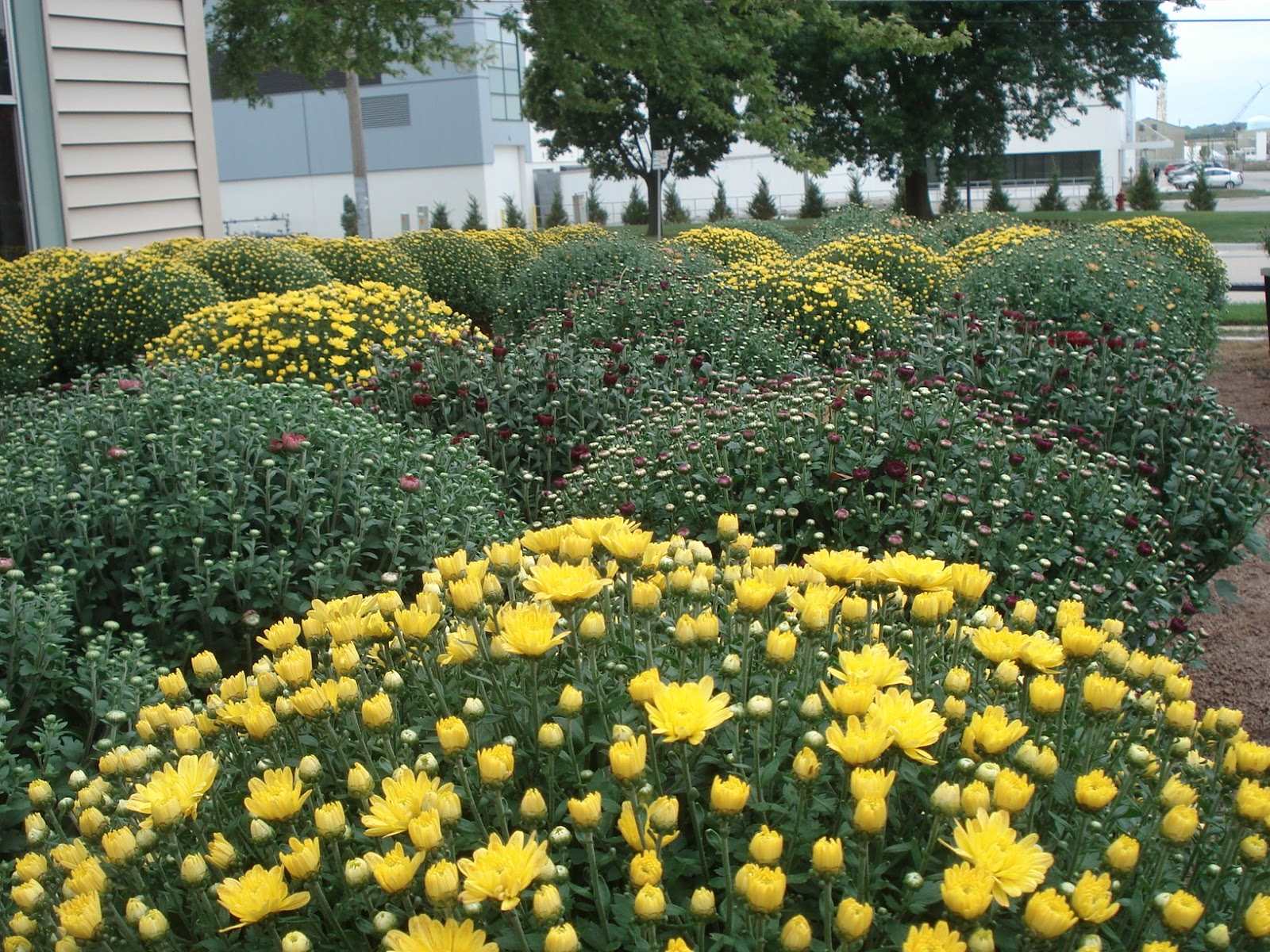
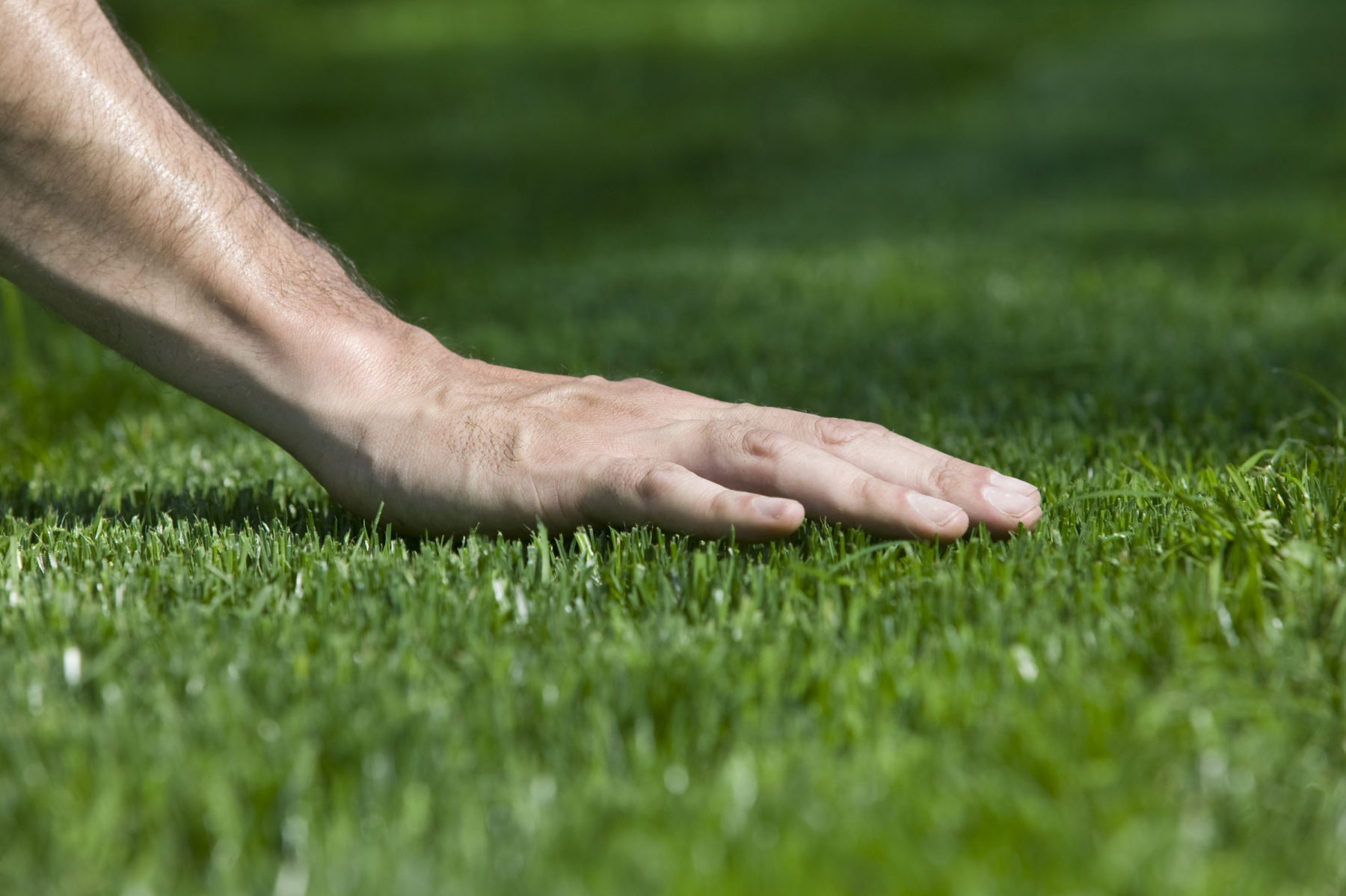
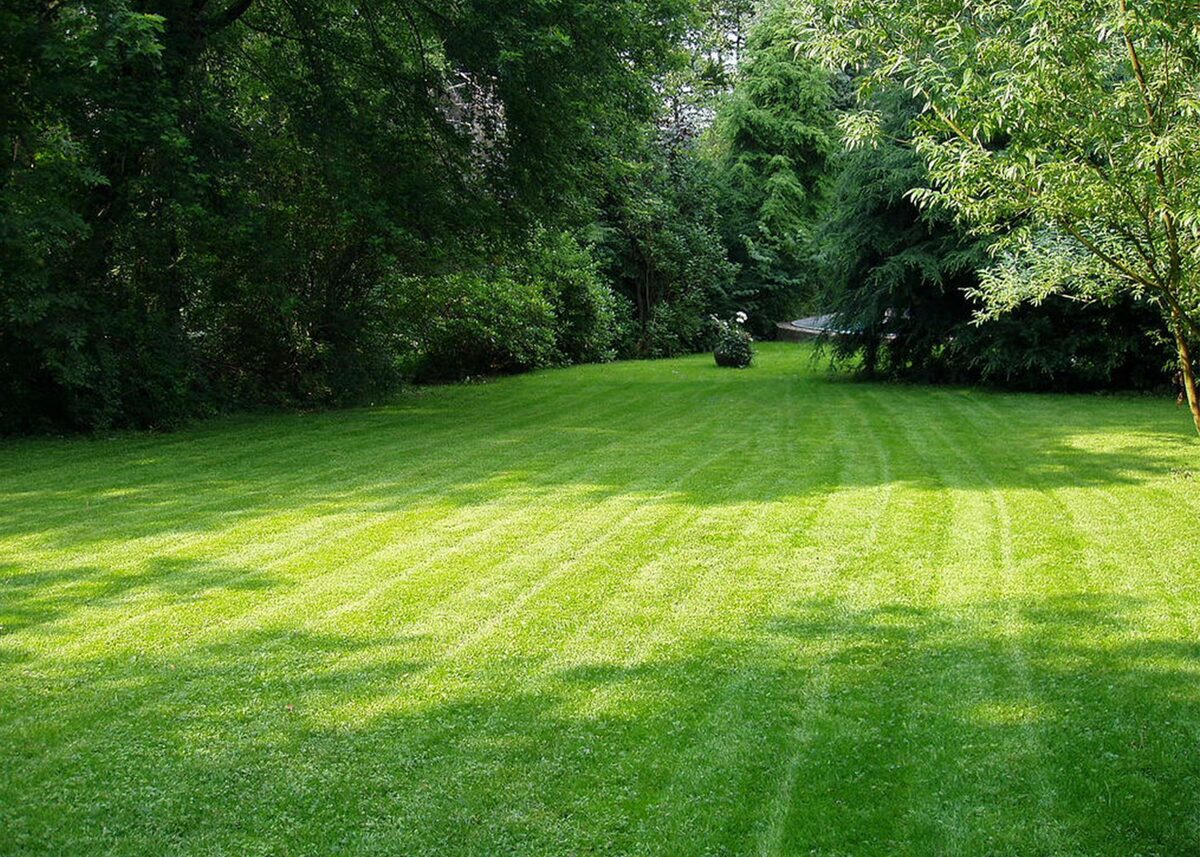

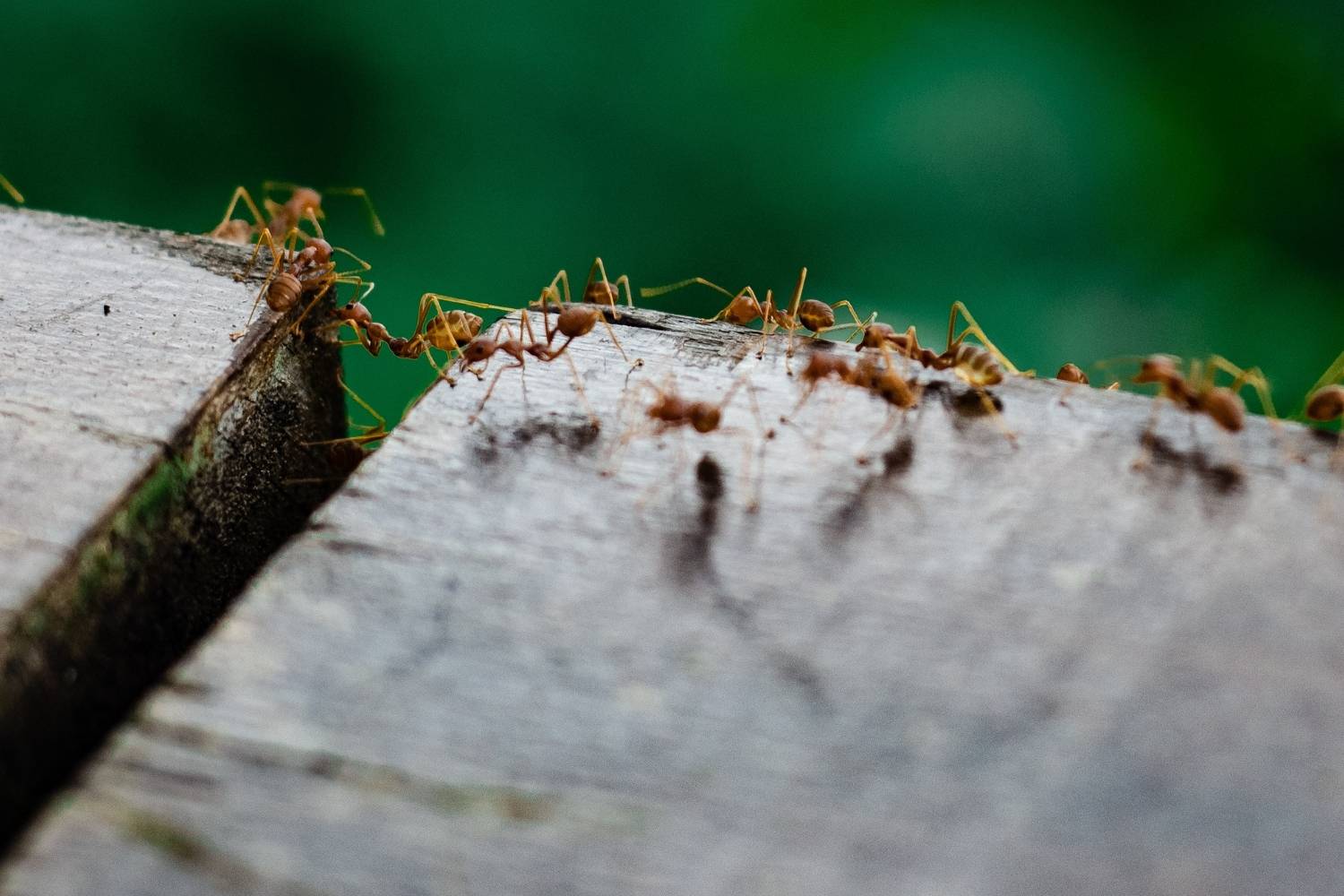

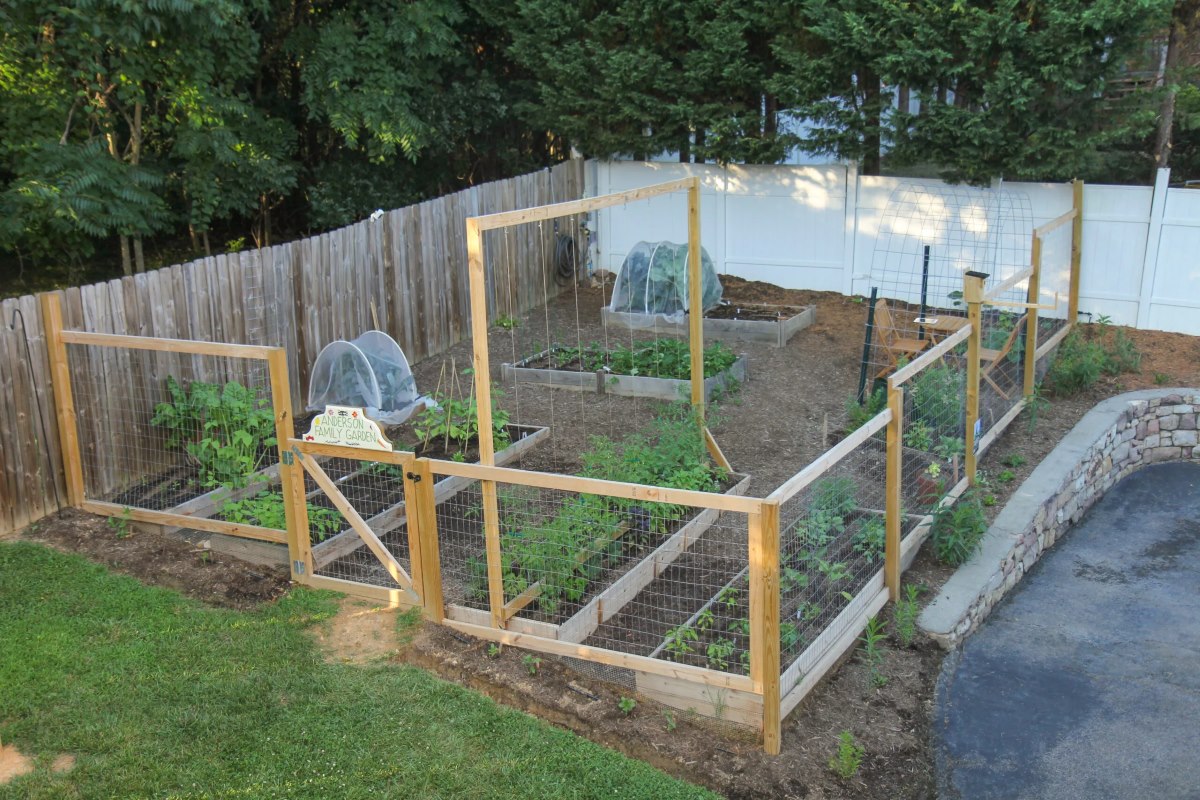
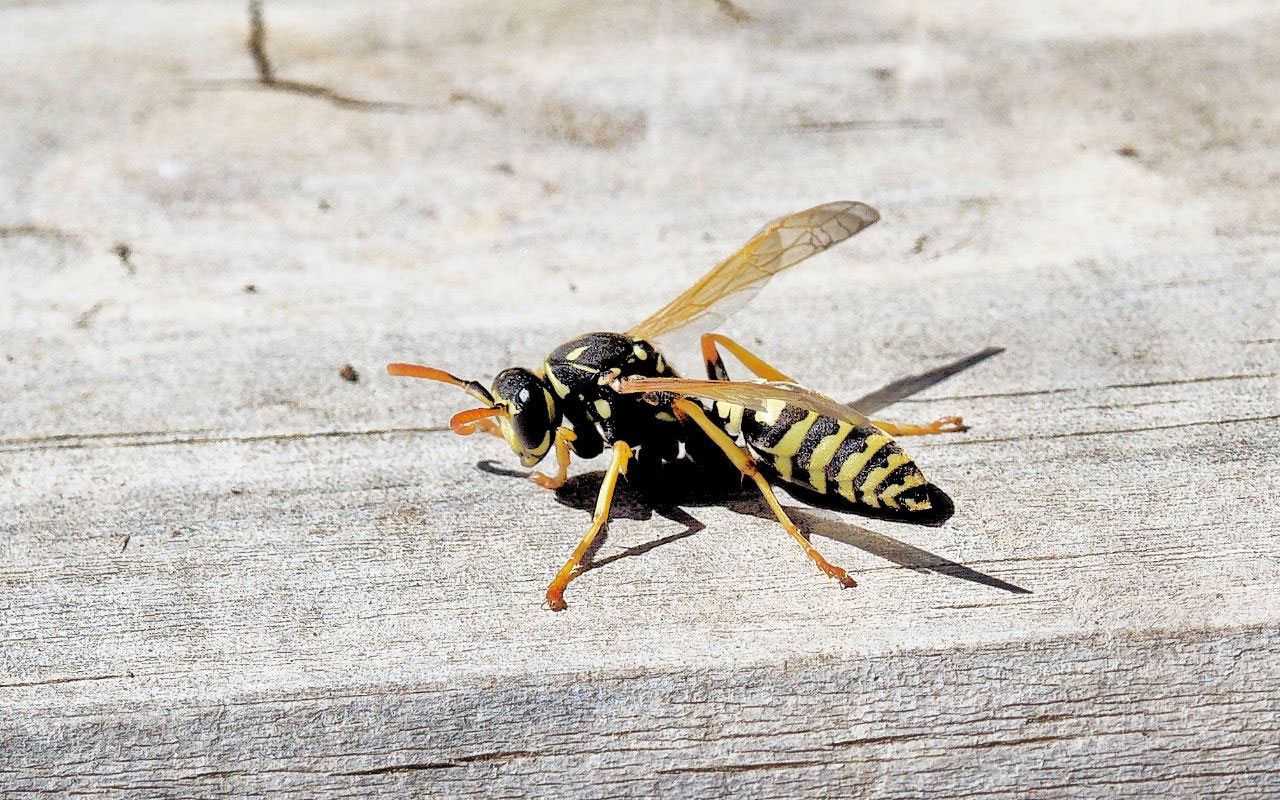

0 thoughts on “How To Keep Ladybugs In Your Garden”